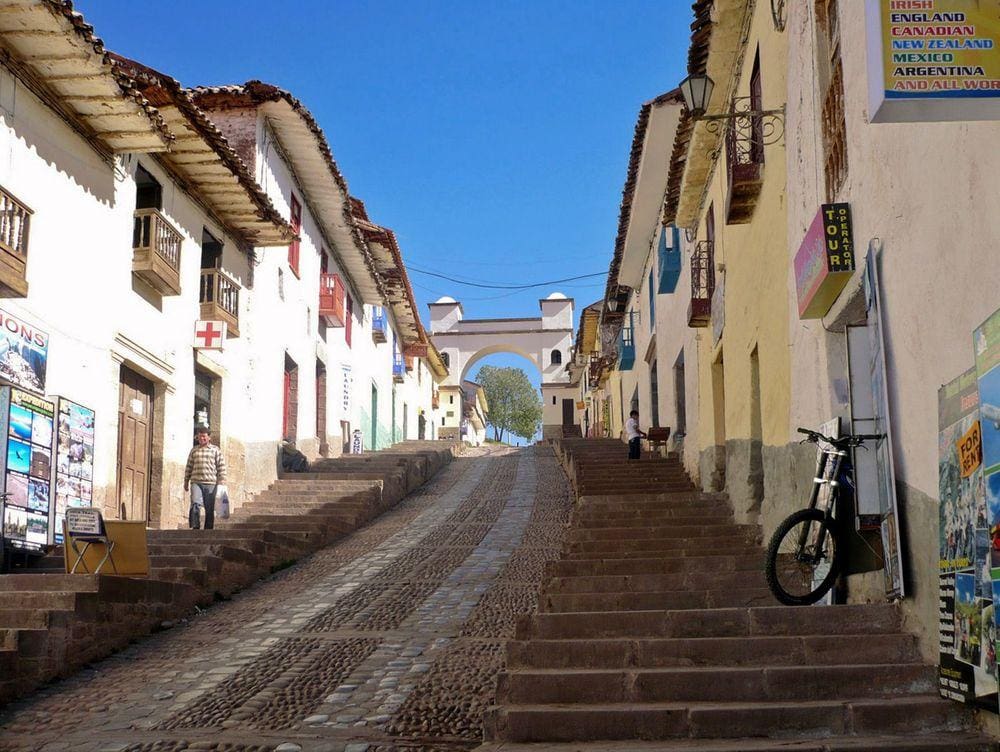World 🢖 South America 🢖 Peru
Cities and towns 🢔 Settlements 🢔 Architectural wonders 🢔 Categories of wonders
Wonder
Cusco historic center
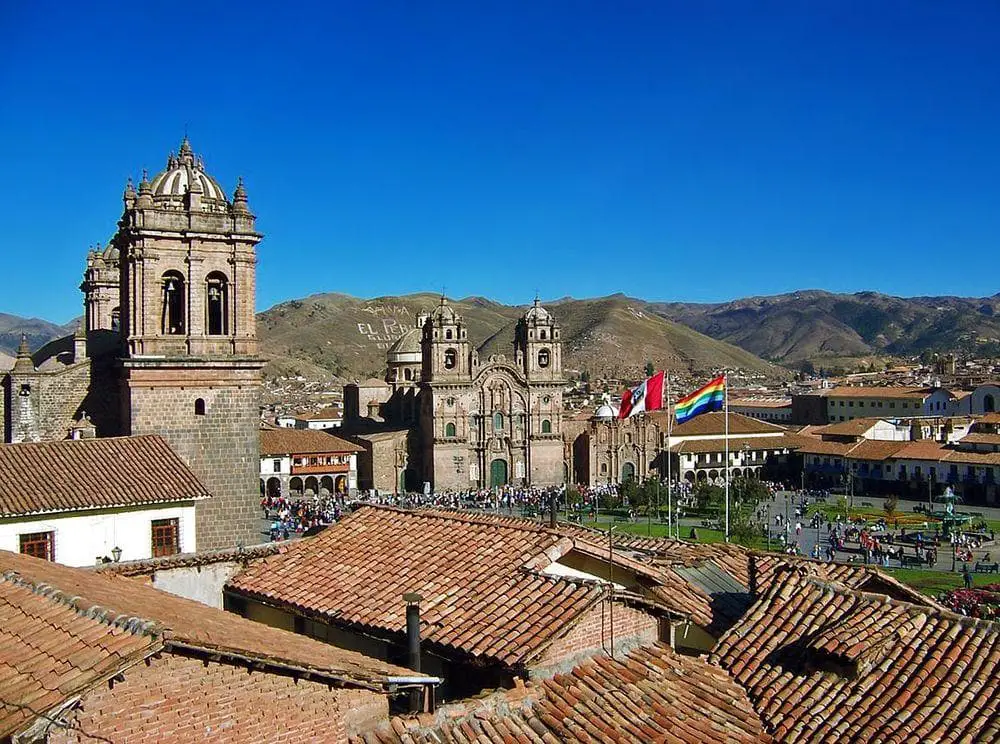
 In short
In short
The former capital of Inca Empire – Cusco – is a living example of urban design created by a New World civilization. Spaniards have replaced the symbolic Inca buildings with ornate Christian churches and monasteries, but the fundament of Cusco – the symbolic and the real – is made by the indigenous Andean cultures.
 61.9%
61.9%
GPS coordinates
Location, address
Alternate names
Founded
Period of flourishing
Area
UNESCO World Heritage status
Map of the site
If you see this after your page is loaded completely, leafletJS files are missing.
 In detail
In detail
Name
The name of Cusco – the official Historical Capital of Peru – might be derived from Aymara language qusqu wanka ("Rock of the owl") but it could also mean "navel" in Quechua language.
Very often, especially in English, it is also spelled "Cuzco".
In the 1990s there was revived also the Quechua spelling of the city – "Qosqo", which often also is adjusted – "Qusqu". (2)
Location
The city is located high up in the Andes, at 3,400 m height. This is serious height – for example, water boils here at 89° C and most lowland people would suffer severe altitude sickness, if rised up here rapidly.
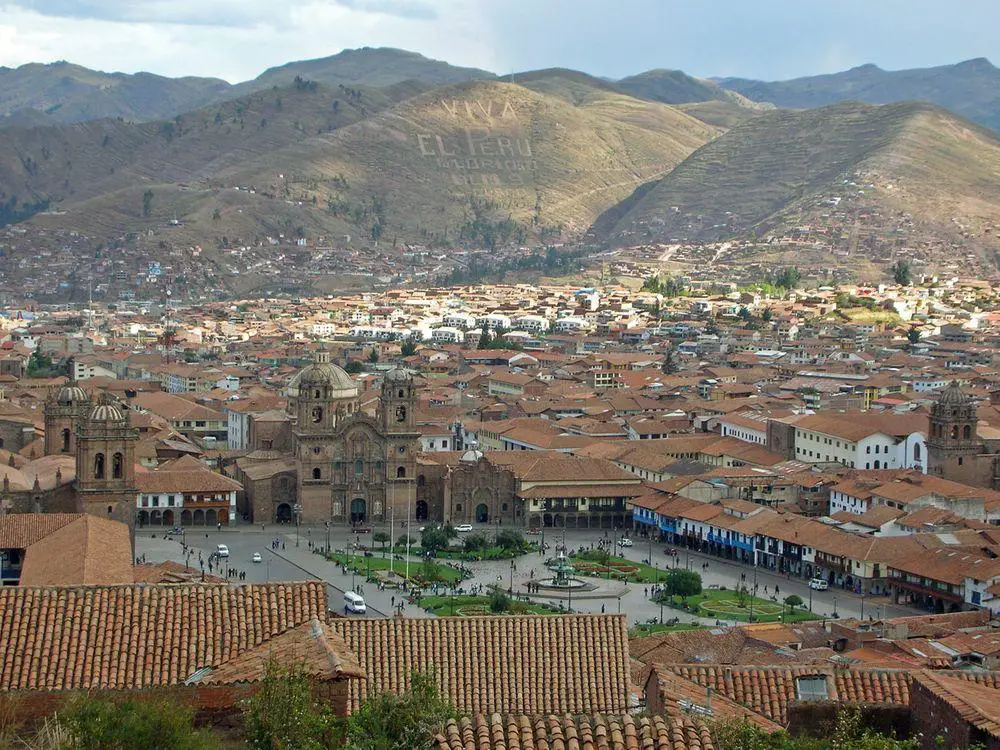
The city is located in a fertile valley fed by several rivers. The climate here is rather cool and tree line is close to this height.
Inca capital
Son of God – founder of the city
Cusco has a very special role in the legends of Inca – it reportedly was founded by the son of the god. This legend has diverse versions – here is just one:
Manco Cápac – son of the Sun God – with seven of his brothers and sisters was sent to the earth. They appeared from a mythical cave named Pacaritambo somewhere near Lake Titicaca. Manco Cápac (he is also called Ayar Auca) was carrying a golden staff – "tapac-yauri".
Manco Cápac was ordered to find a place for the temple of his father – and only a place where the golden staff would sink in the soil would be suitable for the temple.
When Manco Cápac reached the present-day Cusco, the staff went down with ease, but could not be pulled out – this was a sign that this land is fertile.
Thus was selected the location of the capital of Inca Empire – the navel of the world.
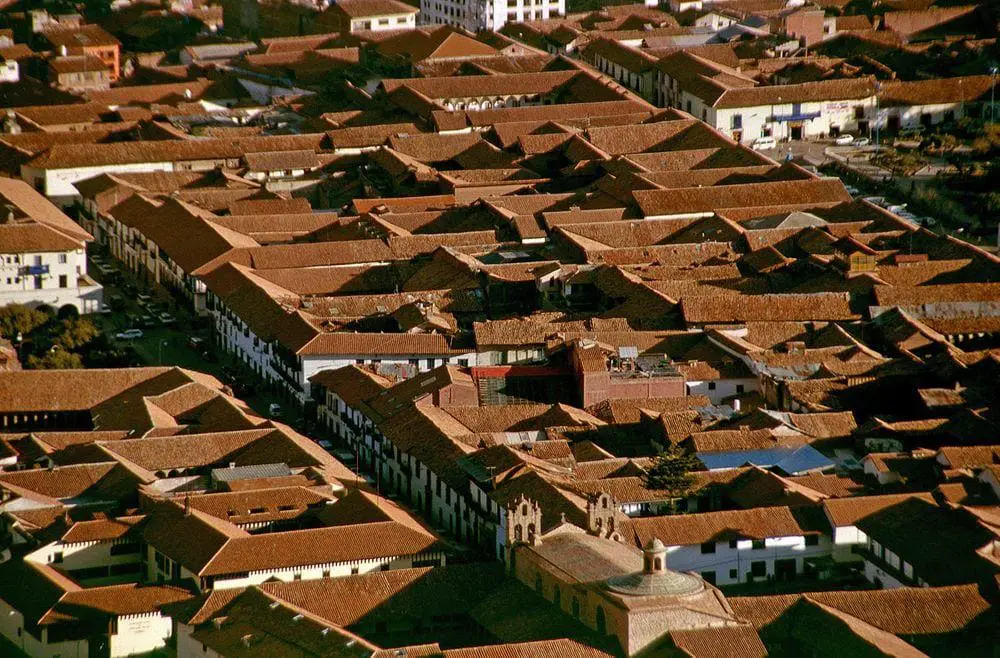
Killke time
In reality Cusco was not established by Inca. This honor goes to Killke culture – predecessors of Inca.
Killke arrived in the area of present day Cusco around 900 AD. It is not known when exactly Cusco started to develop – but in the 12th century Killke people built Sacsayhuamán – a megalithic fortress and shrine, which is located just some 900 m from the centre of contemporary Cusco.
Inca chieftain
Inca arrived here in the 12th century and took over the city.
Legends tell that the first Inca – Manco Cápac was a very successful ruler who created laws and abolished human sacrifice. These might be just legends, but it is well possible that there is some truth in this.
For some generations Cusco was a city of regional importance with the small Inca city-state around it. There were hostilities among the many Andean cultures and in the early 15th century Cusco was taken by the enemies of Inca – Chancas.
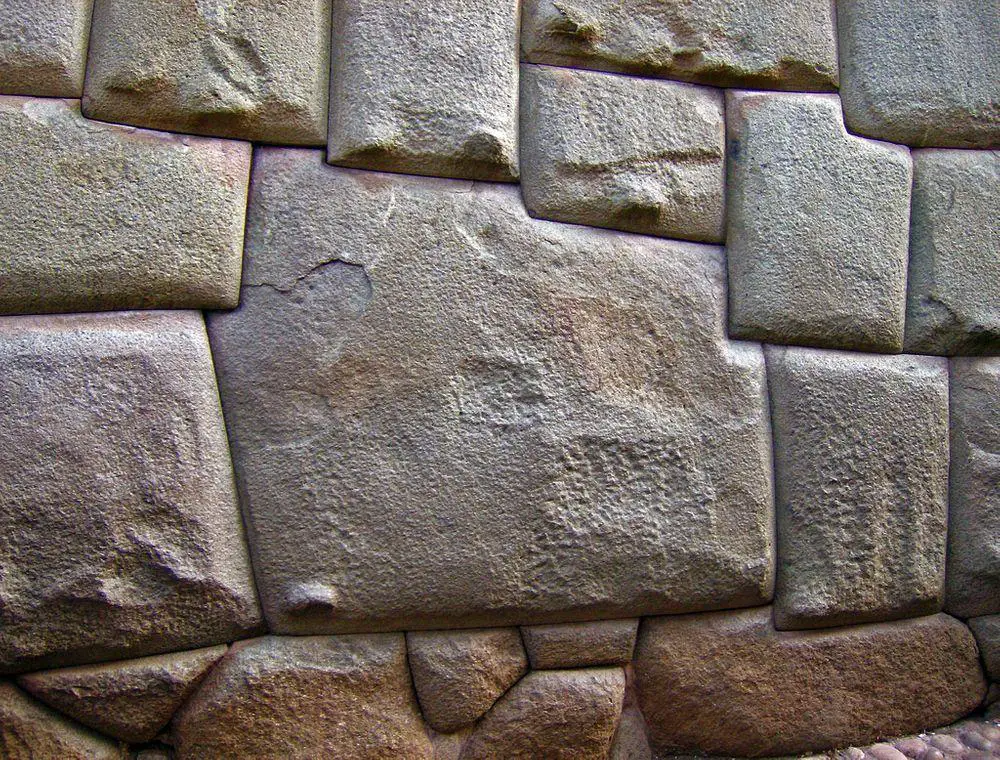
Pachacuti
An outstanding personality changed the course of history in these times. The young Pachacuti Inca Yupanqui led the resistance against Chancas. He managed to defeat enemies and drive them away from the Cusco valley.
Pachacuti took the throne in 1438 and with a great sucess extended the kingdom of Inca. He reigned until 1471 or 1472 and created Tawantinsuyu (Inca Empire) – the largest empire in pre-Columbian America.
Cusco now had another status – from a capital of small state it turned into a capital of glorious empire. An ambitious development was started by Pachacuti and continued by his successor – Tupac Yupanqui (1471 – 1493). According to legends in the works were involved some 50,000 people.
Ideal city
Pachacuti wanted to develop Cusco as an ideal city.
Saphi and Tullumayo rivers were diverted to stop the flooding.
City was strictly planned in an hierarchical way, dividing it in blocks. Many consider that in the plan the city was shaped like a lying puma. Centre served for administrative and religious needs.
Outlying areas of the city and satellite towns (Cayaucachi, Claquillchaca, Picchu, Quillipata, Carmenca, Huacapunco, etc.) served as service centres for agricultural, artisanal and industrial production.
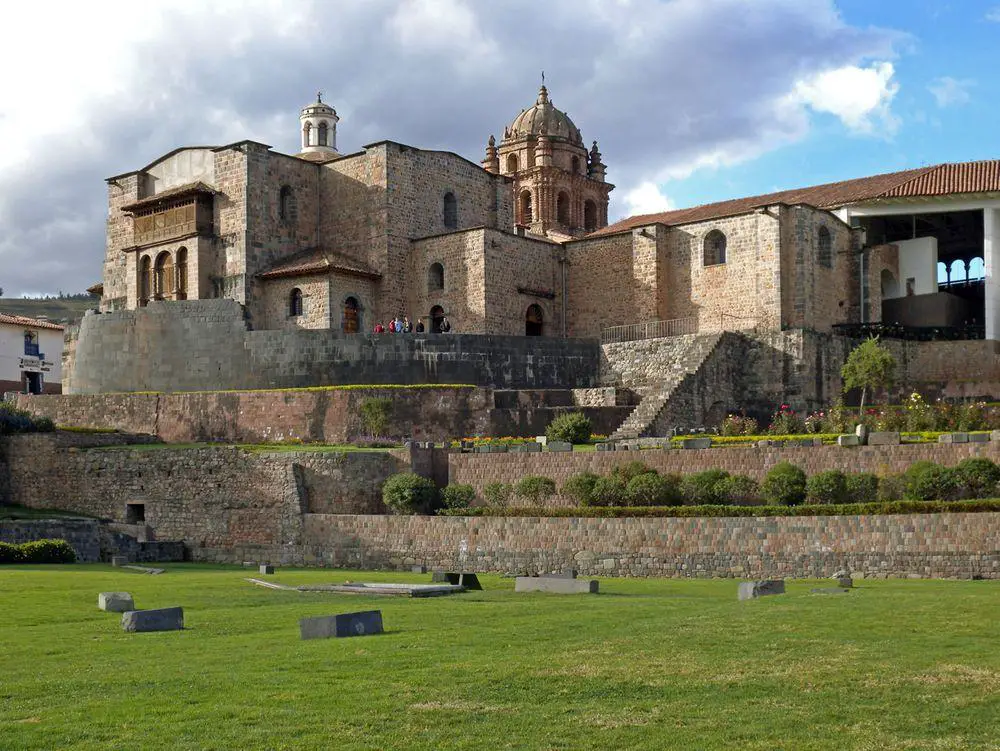
The important buildings were built of precisely cut, polished andesite, diorite or granite blocks. Most buildings had one floor. Inca architecture is well adapted to withstand the earthquakes.
Important Inca buildings
The centre of the city and whole Inca Empire was Huaccapayta – present day Plaza de Armas. Next to it were standing many important buildings – Palace of Viracocha, Acclahuasi (Temple of the Sun Virgins where the most beautiful and virtuous noblewomen devoted themselves to the cult of the Sun God) and the most important temple – Coricancha (Temple of the Sun), which was adorned with golden sculptures.
Spanish times
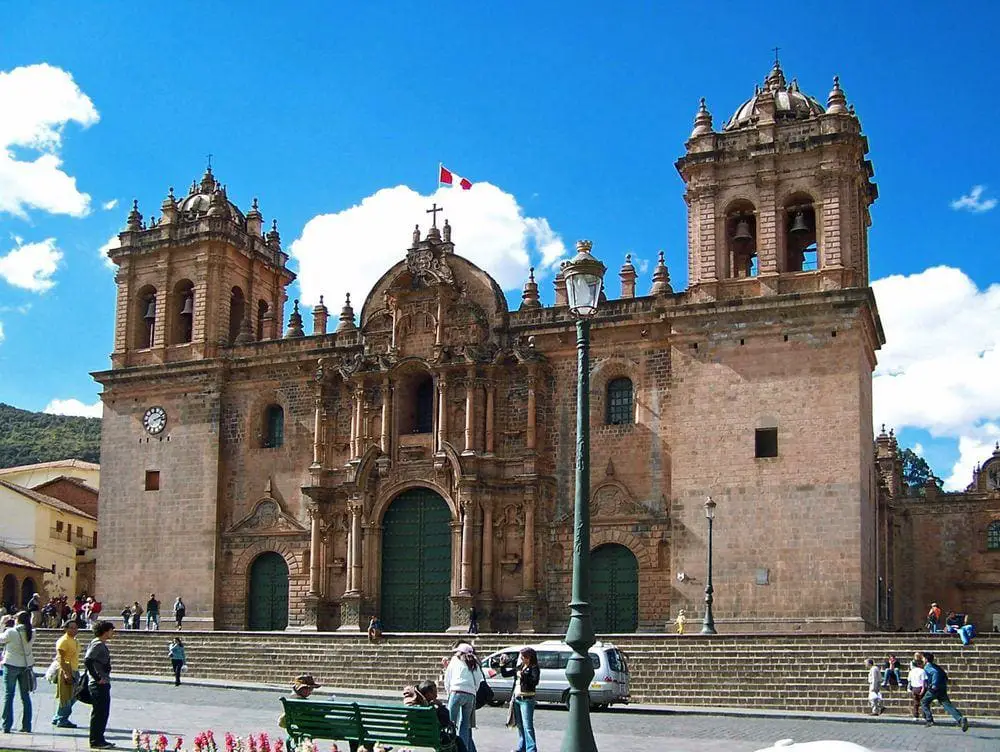
Conquest
Unexpected events started in 1532. At the coasts of Peru landed people from another, highly developed civilization – Europeans. A group led by Francisco Pizarro started ambitious conquest, overtaken by epidemics brought by Europeans. Emperor Huayna Capac and his heir died from smallpox, civil war among Incas started. Spanish intruders managed to conquer the empire and to take Cusco.
The capital of Inca empire was turned into Spanish colonial centre in 1534.
Erasing of Inca heritage
Spaniards were impressed by Cusco. The planning of this highly organized city reminded the Renaissance ideal cities. There was no practical need to demolish and rebuild the city – in many ways it was similar to a modern European city.
The fierce resistance of Incas though led to another loss. In order to break the spirit of this nation Spaniards demolished the most important and beautiful Inca buildings in the city. Other, pompous Baroque style architecture came in place, mostly built on the original Inca fundament. Examples of such replacements are:
- Palace of Viracocha > Cathedral of Santo Domingo. This gorgeous and pompous building was started in 1560.
- Acclahuasi (Acllawasi, Temple of the Sun Virgins) > Santa Catalina Convent, built in 1601 – 1610.
- Coricancha (Temple of the Sun) > Santo Domingo de Guzmán Church and Convent, built in 1633 and reconstructed after the earthquake in 1680. Coricancha was rich with unique art and cultural values – unfortunately Spanish soldiers looted the golden artefacts. There exists though a legend about the priest Aramu Muru who escaped with a golden disc and disappeared through the mythical gate near Lake Titicaca.
After the earthquake in 1650 the city was modernized and most historical buildings were built in the time period between 1650 and 1700.
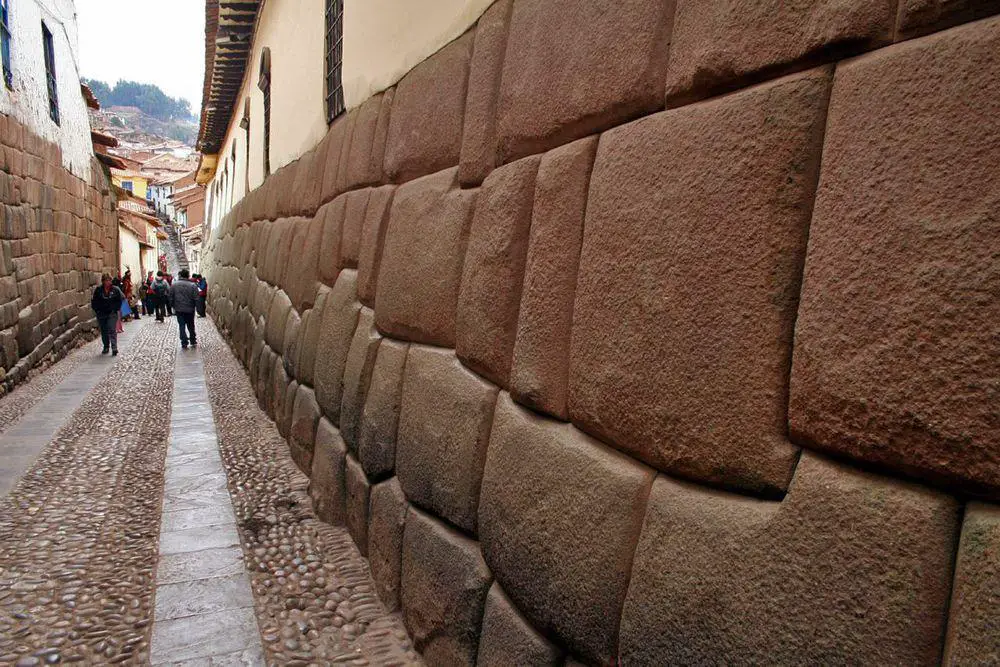
Remains of Inca architecture
The Spanish and Amerindian architecture in Cusco is beautiful – but this is scarce replacement to the loss of the Inca imperial architecture.
Much of the original Inca architecture though remains. Impressive is Hatun Rumiyoc Street going along the former palace of Inca Roca. It contains the stone of 12 angles – a proof of the stonemasonry skills of Inca.
At the base of Sacsayhuamán are located ruins of Colcampata – one of the oldest buldings in the city, possibly built in the 12th century.
And, of course – above the city rise the amazing ruins of Sacsayhuamán – the ancient fortress and shrine. The true meaning of this complex structure is not understood up to this day.
Peru
In 1821 there was declared independence of Peru. The fate of the new state was not easy, Peru was plagued by political instability and hostilities.
Economical stagnation often is beneficial for cultural values. The historical Cusco was conserved in time, the city gradually declined – but the original buildings remained almost intact.
Unfortunately the city suffered another devastating earthquake in 1950, ruining many historical buildings.
Quick urbanization of Cusco started only in the latest decades. This old city still seems rather introvert, the massive Inca stone walls and simple buildings seem to be undistinguished. But this unpretentious appearance hides unique values of culture.
References
- City of Cusco, Advisory Body Evaluation for the inclusion in the UNESCO World Heritage List. Accessed in 21.03.2012.
- Cusco or Cuzco, Which is it?, Cuzco Eats. Accessed in 23.03.2012.
 Linked articles
Linked articles
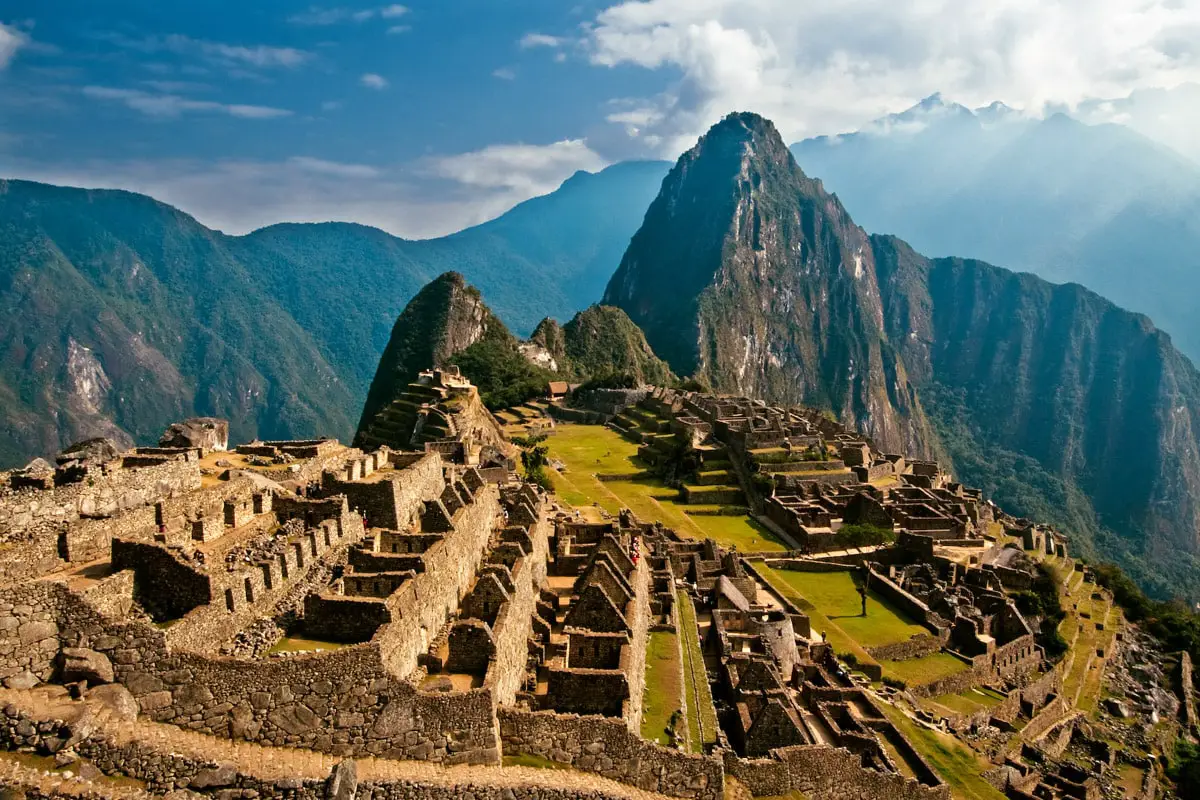
Wonders of Peru
Peru is one of the most interesting and diverse countries in the world. Many landmarks here are unique, without analogs in the world. Highlights of Peru are the rich archaeological heritage, historical cities with colonial architecture, impressive river canyons, waterfalls, and rich biodiversity.
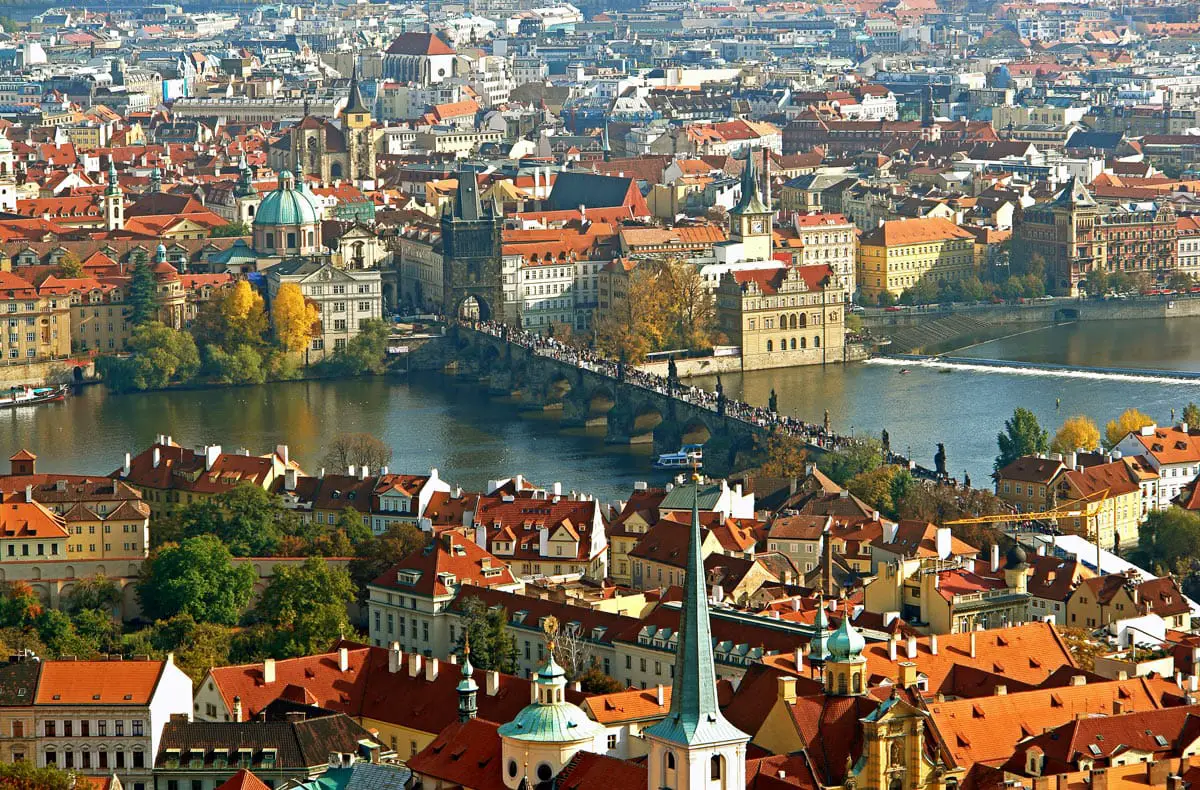
Cities and towns
Many of the most popular and exciting landmarks in the world are cities and towns. Millions of tourists are attracted to such cities as Venice, Florence, Prague, and Jerusalem. They never fail to impress and one will always find something new and unexpected here.

Wonders of South America
There is little doubt – South America is one of the most spectacular… maybe the most spectacular continent of the world.
There is located the second-highest mountain chain in the world, the largest rainforest, the tallest volcanoes, and the tallest and largest waterfalls. The highest biological diversity in the world is reached somewhere near the eastern ranges of the Andes in Ecuador, Peru, or Colombia.
 Recommended books
Recommended books
Cusco: Urbanism and Archaeology in the Inka World
An outstanding study of the Incaic Cusco urban system that nicely integrates ethnohistorical and archaeological information using analytical concepts derived from urban planning.

